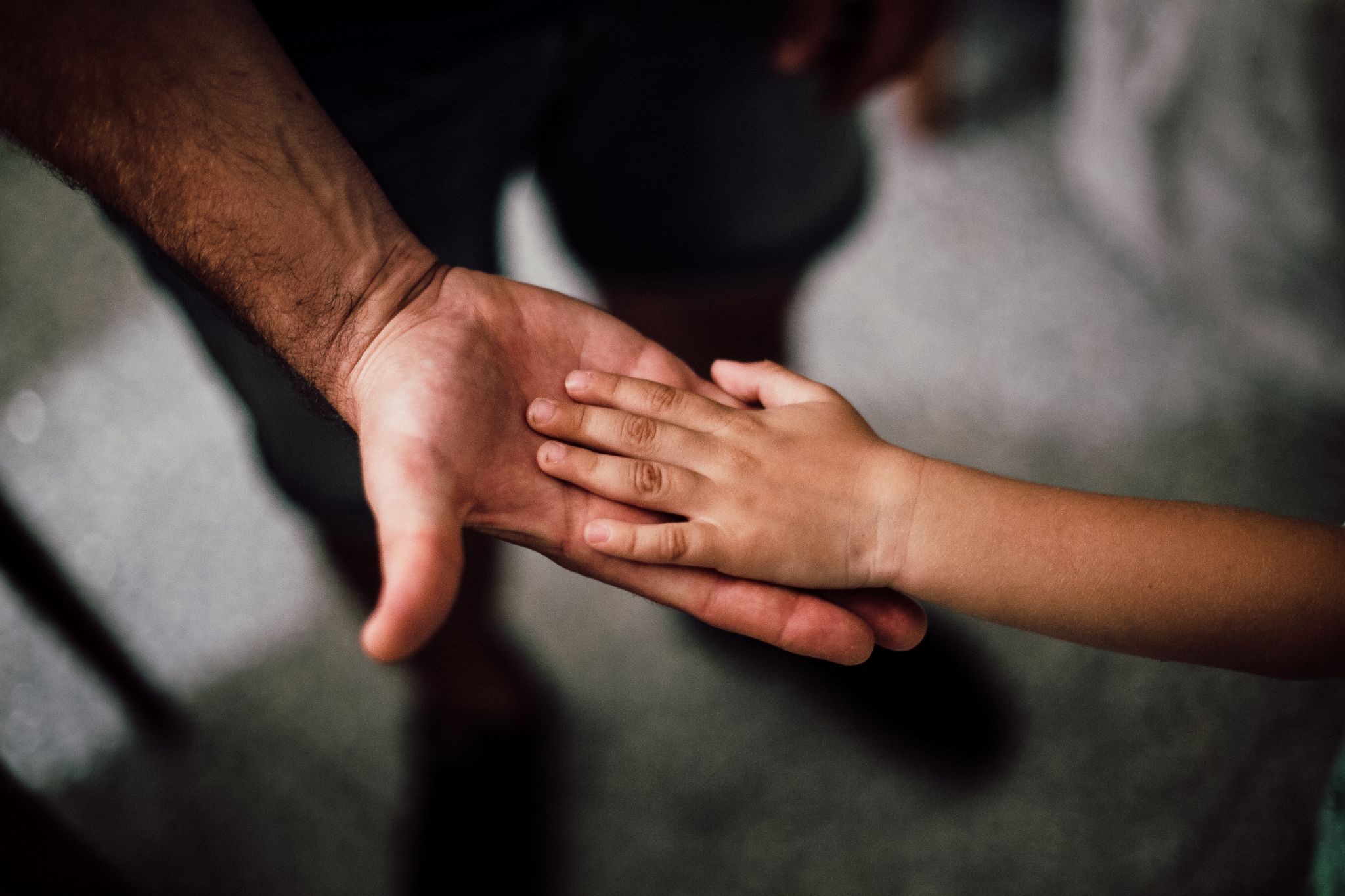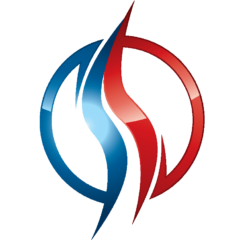
Unfortunately, children sometimes get sick. The form and severity of the disease can be different, but one thing is invariable: the child needs attention, care and acceptance.
I would like to talk about such ailment as cerebral palsy, or cerebral palsy. This is a group of diseases of the neurological spectrum with impaired movement, speech and psyche.
Its manifestations are individual – the patient’s lifestyle depends on the severity of the disease. Cerebral palsy is not a sentence if loved ones pay great attention to the nutrition and development of the child. Medical nutrition can improve the quality of life of diagnosed children and their parents.
Feeding a child whose movement disorders are pronounced is a great stress for the whole family. Unfortunately, this process can become a source of burnout: it takes a very long time for the child and his loved ones.
Specialized nutrition can not only facilitate the process of feeding – first of all, it will improve the condition of the child. In addition to natural nutrition, there are alternative methods – for example, stoma placement – and it is very important that parents of children with severe disabilities have this information.
On average, every second patient diagnosed with cerebral palsy has a violation of the nutritional status – and this poses a threat to the life of children, because their well-being depends on the quality of nutrition.
There are two stages to optimize the feeding of the child: first, to understand whether it is possible to adjust the diet at the expense of natural products – to calculate their quality, quantity; further, if useful substances from natural products are not enough, you need to choose a specialized diet.
Nutritional support for children with LC (depending on the degree of the disease) includes enteral and parenteral nutrition. To provide the body with macro- and micronutrients, energy, you need to seriously tackle the selection of the diet. This will reduce the risk of developing problems with nutritional status and help correct them in time.
The degrees of cerebral palsy can be divided into five levels.
At the first level, the child can walk without restrictions;
On the second, walking is accompanied by restrictions;
At the third level of the disease, the child walks with special hand devices;
Fourth level – movement is limited, the patient moves with the help of motorized devices;
And fifth – when the child is completely dependent on the help of loved ones who move him in a wheelchair and wheelchair.
At the first and second levels, the nutritional status of children with cerebral palsy can be assessed in traditional ways. Motor activity worsens from the third to the fifth.
Whatever the form of the disease, patients most often have increased energy consumption: 70–80 kcal / kg (despite the fact that the average is 18 kcal / kg). Such figures are also influenced by the efforts of the child during rehabilitation – after all, a lot of energy is spent on it. On average, the height and weight of children with LC is lower compared to peers without the disease.
Without alternative feeding methods, seriously ill children experience a strain on the body during feeding.
The assimilation of food is influenced by many conditions: if there are concomitant diseases, surgery, severe stress, and so on, it will be more difficult for the body to obtain useful substances.
Nutritional deficiencies in a child with LC can lead to other undesirable consequences. The result can be a lack of body weight (the other extreme is obesity), dehydration (often the child cannot tell about thirst), slowing growth, difficulty swallowing (dysphagia), intestinal dyskinesia (pathology associated with impaired muscle tone and motility of the digestive system) …
Mainly, the process of eating is affected by motor difficulties – because of them, feeding is more difficult and longer. Pain in the child also plays a negative role.
The degree of mental impairment associated with illness can also create barriers to eating. Also, children with this diagnosis have unhealthy teeth due to the complexity of their treatment – this adds to the difficulties. Swallowing disorders, drug therapy, skeletal deformation, additional pathologies, psychological state, and so on are just some of the conditions that affect food intake.
In 2020, the Ministry of Health examined 253 patients with cerebral palsy. According to the results, 66.4% (168 children) were underweight; obesity was revealed in 3.6% (9 people); 30% (76 patients) had normal body weight.
It has been estimated that 85% of children were deficient in dietary calories — even relative to normal nutrient intake for age.
The hypercaloric content of the diet, that is, the excess of the daily calorie intake was noted in 4.5% of the survey participants. And only 10.5% of the number of calories per day were normal.
To calculate the calorie content of the diet, it is necessary to take into account the severity of the form of the disease, assess physical activity in order to make up for the deficiency of nutrients.
What will happen if you do not pay special attention to this? In a nutshell, the quality of life will be greatly reduced.
For patients with a neurological profile, there are specialized mixtures based on whey protein hydrolysis – they are prescribed for children under one year old and older.
By the way, when prescribing therapeutic nutrition to children with CP, there are problems of their own. For example, free clinical nutrition is provided for disabled children with orphan diseases – this is prescribed in the legislation. But children with cerebral palsy are not considered orphan patients, although they really need nutritional therapy.
First of all, we need appropriate legal mechanisms. And, of course, everything should be individual – both the purpose of the treatment and its duration.
Children with severe manifestations of the disease, as a rule, cannot say, express how they feel. Only one thing is obvious – the child needs help, support and love. Help is specialized nutrition, support is attention, and love is wonderful therapy.
The material was prepared by Alexandra Goryunova
* Details – on the YouTube channel of our Association.
The material is taken from the speeches of the speakers at the links below.
